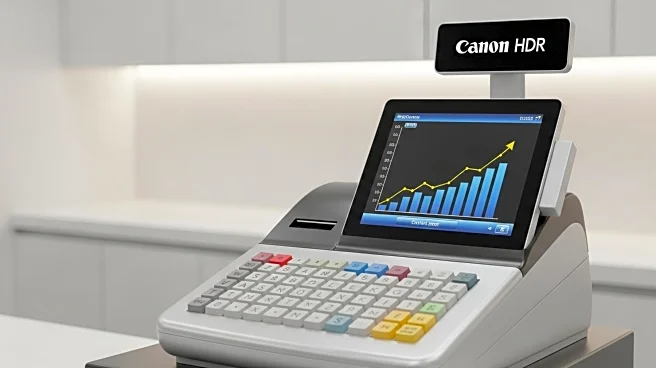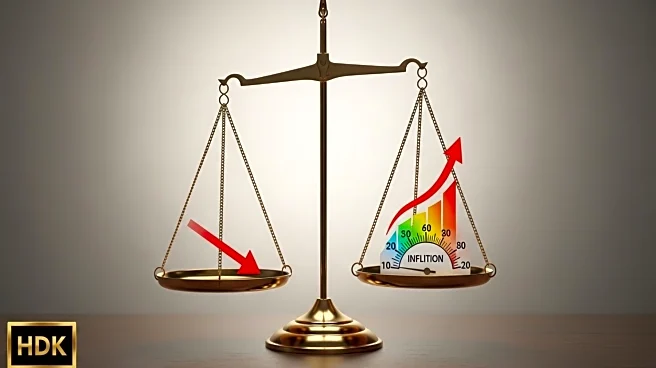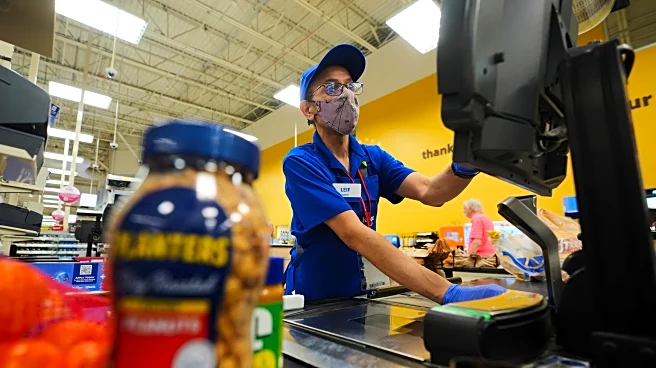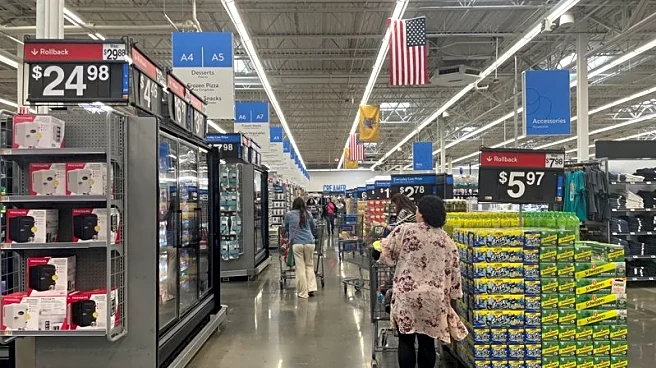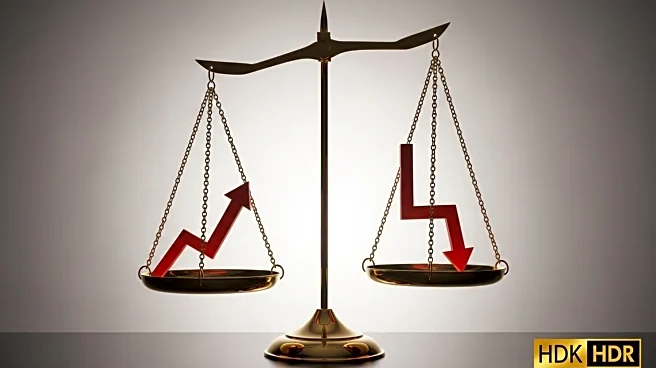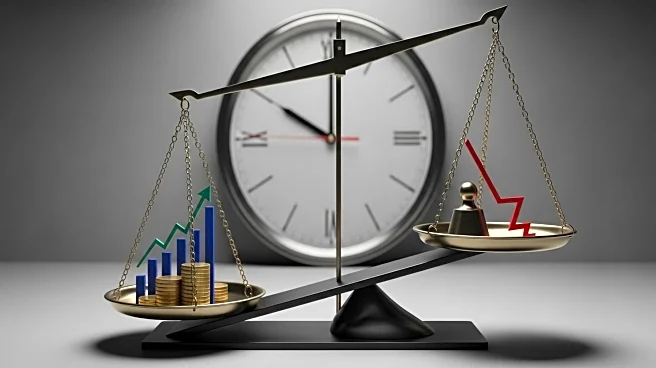What is the story about?
What's Happening?
Retail sales in the United States rose by 0.6% in August, maintaining the same growth rate as July, according to the Commerce Department. This increase surpassed economists' expectations of a 0.2% rise. The growth in retail sales was driven by significant increases in online sales and clothing store purchases, which rose by 2% and 1%, respectively. The control group of retail sales, which excludes volatile components, also saw a notable increase of 0.74%. Despite concerns about the economy, including a slowing labor market and rising tariffs, consumer spending has remained resilient. However, sales at specialty stores and furniture retailers declined, indicating some areas of weakness.
Why It's Important?
The continued growth in retail sales suggests that consumer spending remains a strong driver of the U.S. economy, even amid economic uncertainties. This resilience is crucial as it helps sustain economic momentum and supports businesses across various sectors. However, the uneven distribution of spending growth, with higher-income households driving much of the increase, highlights potential vulnerabilities. The persistence of tariffs and a slowing labor market could eventually impact consumer confidence and spending patterns, posing risks to economic stability.
What's Next?
The Federal Reserve is expected to closely monitor these trends as it considers future interest rate decisions. The resilience in consumer spending may influence the Fed's approach to monetary policy, particularly in the context of a weakening labor market. Retailers and businesses will need to adapt to changing consumer behaviors and potential economic shifts. The ongoing impact of tariffs and global trade dynamics will also be key factors to watch in the coming months.
AI Generated Content
Do you find this article useful?
